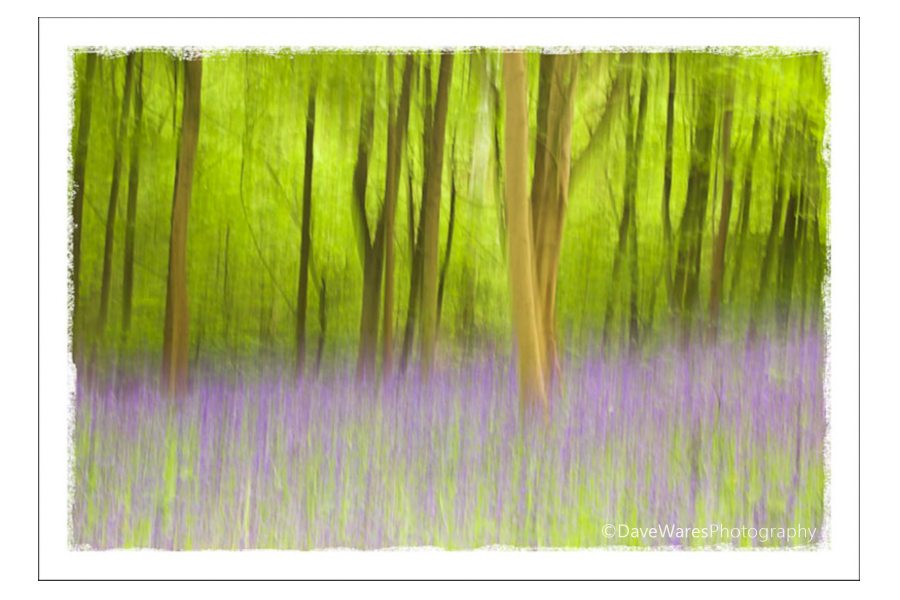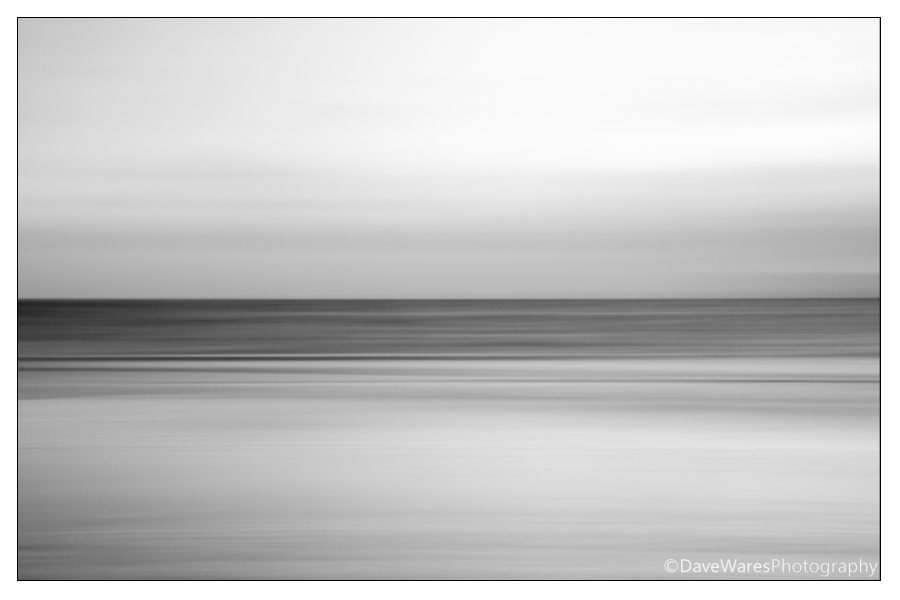We all love to go out and get those pin sharp, beautifully lit shots of our countrysides and cities, but for today’s post we are going to ignore all of what we have learned about how to make great landscape photographs and look at another way of shooting…Impressionistic photography.
 By no means a new idea, it has come and gone over the past few years falling in and out of favour as trends change. However, I do believe that used thoughtfully, impressionistic photography has as much of a place as any other type of photographic style. Impressionistic photography is not about producing a big splash of colour on the page, the picture at some level must relate to what is being photographed. The aim is to create a more painterly effect, perhaps with the intention of evoking a dreamier mood, or to show movement of a particular subject.
By no means a new idea, it has come and gone over the past few years falling in and out of favour as trends change. However, I do believe that used thoughtfully, impressionistic photography has as much of a place as any other type of photographic style. Impressionistic photography is not about producing a big splash of colour on the page, the picture at some level must relate to what is being photographed. The aim is to create a more painterly effect, perhaps with the intention of evoking a dreamier mood, or to show movement of a particular subject.
Although you can do fantastic things with the computer these days, it is at the taking stage that you really want to experiment and capture your impressionist pictures, and we achieve this by moving the camera during the exposure.
 Because we are going to move the camera as we press the shutter, we are going to need a longer shutter speed. The depth of field in your image will no longer matter, but by keeping a smaller aperture of say f16-f22 it will have the knock on effect of reducing the light entering the lens and thus achieving a longer shutter speed. There is no set rule as to what your shutter speed should be as that will depend on a couple of different factors, such as how bright a day it is. Keep your ISO at the lowest setting as well. All that really matters is that you have enough time to move the camera enough during the exposure, so if it’s a very bright day and you find that setting your aperture to f22 still isn’t enough, then you’ll have to add on a ND filter. Oppositely if you’re in a low light situation then open up your aperture if you’re finding that your shutter speed is a bit too long.
Because we are going to move the camera as we press the shutter, we are going to need a longer shutter speed. The depth of field in your image will no longer matter, but by keeping a smaller aperture of say f16-f22 it will have the knock on effect of reducing the light entering the lens and thus achieving a longer shutter speed. There is no set rule as to what your shutter speed should be as that will depend on a couple of different factors, such as how bright a day it is. Keep your ISO at the lowest setting as well. All that really matters is that you have enough time to move the camera enough during the exposure, so if it’s a very bright day and you find that setting your aperture to f22 still isn’t enough, then you’ll have to add on a ND filter. Oppositely if you’re in a low light situation then open up your aperture if you’re finding that your shutter speed is a bit too long.
 Be bold and try moving your camera in all sorts of directions. See what happens by altering your shutter speed. For example; try moving the camera during a one second exposure and then try the same shot again, only this time with a slightly shorter shutter speed, say 1/10th of a second. Lets look at the three shots above: the top shot (Bluebell woodland) was taken with the camera on a tripod but with the head loosened off, the camera shutter was then tripped as I moved the camera in a vertical motion. The middle shot is of autumn leaves with the blue sky showing through. I wanted to create a sort of swaying motion so I moved the camera in an arc during the exposure, the resulting shot reminded me of a waterfall and so I called this shot “Autumn Falls”. The last shot was taken at the seaside. The sky had turned to a dull grey so I decided that I would do a horizontal pan to create a minimalist, more impressionistic shot of the sea.
Be bold and try moving your camera in all sorts of directions. See what happens by altering your shutter speed. For example; try moving the camera during a one second exposure and then try the same shot again, only this time with a slightly shorter shutter speed, say 1/10th of a second. Lets look at the three shots above: the top shot (Bluebell woodland) was taken with the camera on a tripod but with the head loosened off, the camera shutter was then tripped as I moved the camera in a vertical motion. The middle shot is of autumn leaves with the blue sky showing through. I wanted to create a sort of swaying motion so I moved the camera in an arc during the exposure, the resulting shot reminded me of a waterfall and so I called this shot “Autumn Falls”. The last shot was taken at the seaside. The sky had turned to a dull grey so I decided that I would do a horizontal pan to create a minimalist, more impressionistic shot of the sea.
Have a go for yourself and see how you get on.
*The Current Photographer website contains links to our affiliate partners. Purchasing products and services through these links helps support our efforts to bring you the quality information you love and there’s no additional cost to you.
Based on the south coast of England UK, I love to photograph landscapes and nature. In addition to this, over the past two to three years I’ve become fascinated with Urban Exploration and dereliction.
I’ve always had a passion for creating art, studying art and design during my school years and spending much of my time watercolour painting. After a brief love affair with playing rock guitar, photography was to be the next step in my creative life and I haven’t stopped since.
My photography has always been a continuous journey, constantly trying to gather as much information as I can to help push my photography to new levels and explore new avenues of creativity.
I love sharing the things I have learned and over the past few years
I have been an active committee member of a local camera club, giving occasional tutorials on photo skills and basic Photoshop techniques. I am also the proud winner of ‘The Portman cup’ for ‘Best Image of 2010′ at the Sussex Photographic federation’s Projected Digital Image competition.
Hey Dave,
By seeing your this one blog now no hesitation that you are a phenomenal photographer.